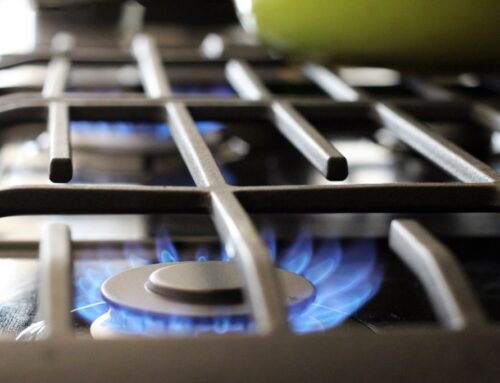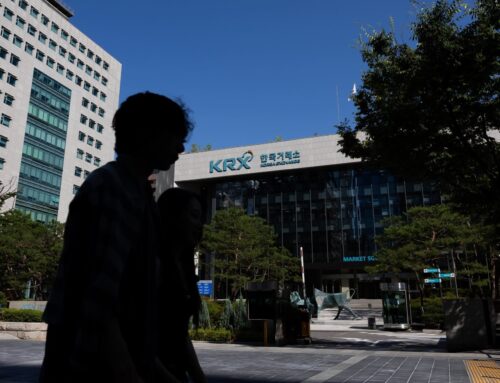California Grid Operator Curtails Solar and Wind Power to Maintain Grid Stability
June 1, 2025
The California Independent System Operator (CAISO), the grid operator for most of the state, is increasingly curtailing solar and wind-powered electricity generation to balance supply and demand amid rapid renewable energy capacity growth, according to a report by the U.S. Energy Information Agency (EIA).
The grid operator maintains a balance between power demand and supply and a stable electrical system.

The wind and solar output is reduced by price signals or through an order to reduce output. This reduction is generally implemented during periods of congestion when transmission lines lack sufficient capacity to deliver the available energy or during oversupply when generation exceeds demand.
In 2024, CAISO curtailed 3.4 million MWh of utility-scale wind and solar output, a 29% increase from the electricity curtailed in 2023.
CAISO also curtails solar generation to leave room for natural gas generation. A certain amount of natural gas generation must remain online throughout the day to comply with North American Electric Reliability Corporation reliability standards and to have sufficient generation available to ramp up in the evening hours.
In 2024, solar energy accounted for 93% of all energy curtailed by CAISO. The highest amount of solar energy was curtailed during spring, when solar output was relatively high, and electricity demand was low, as moderate spring temperatures reduced the need for space heating or air conditioning.

In 2014, California had a total of 9.7 GW of installed wind and solar photovoltaic capacity. By the end of 2024, this figure had increased to 28.2 GW.
Solar energy supplies almost half of CAISO’s electricity demand between 8 AM and 4 PM. However, demand rises during the later evening hours as people return home from work and switch on appliances such as air conditioners, electric heaters, lights, ovens, computers, and televisions.
This demand is particularly noticeable on hot summer evenings after sunset when solar power is no longer being generated.
Ways of Curtailment
CAISO is trying to reduce curtailments in the following ways:
- Trading with neighboring balancing authorities to try to sell excess solar and wind power
- Incorporating battery storage into ancillary services, energy, and capacity markets
- Including curtailment reduction in transmission planning
Additionally, companies are planning to use excess renewable energy to make hydrogen, some of which will be stored and mixed with natural gas for summer generation at the interstate Intermountain Power Project’s new facility, scheduled to come online in July.
CAISO is also promoting the addition of flexible resources that can quickly respond to sudden changes in demand.
Battery storage may also come online, allowing some renewable energy to be stored and used four to eight hours later in the day. CAISO’s battery capacity was 11.6 GW in 2024, rising 45% from 8.0 GW in 2023.
EIA said it is common for daily electricity generation to outpace consumption during the springtime. Without increased transmission capacity or long-term storage solutions, significant curtailments may still happen during this season.
The U.S. installed a record 50 GW of new solar capacity in 2024, a 21% year-over-year increase, according to the Solar Energy Industries Association’s U.S. Solar Market Insight 2024 Year in Review report. The country added 5.4 GW of wind capacity in 2024.
Search
RECENT PRESS RELEASES
Related Post



